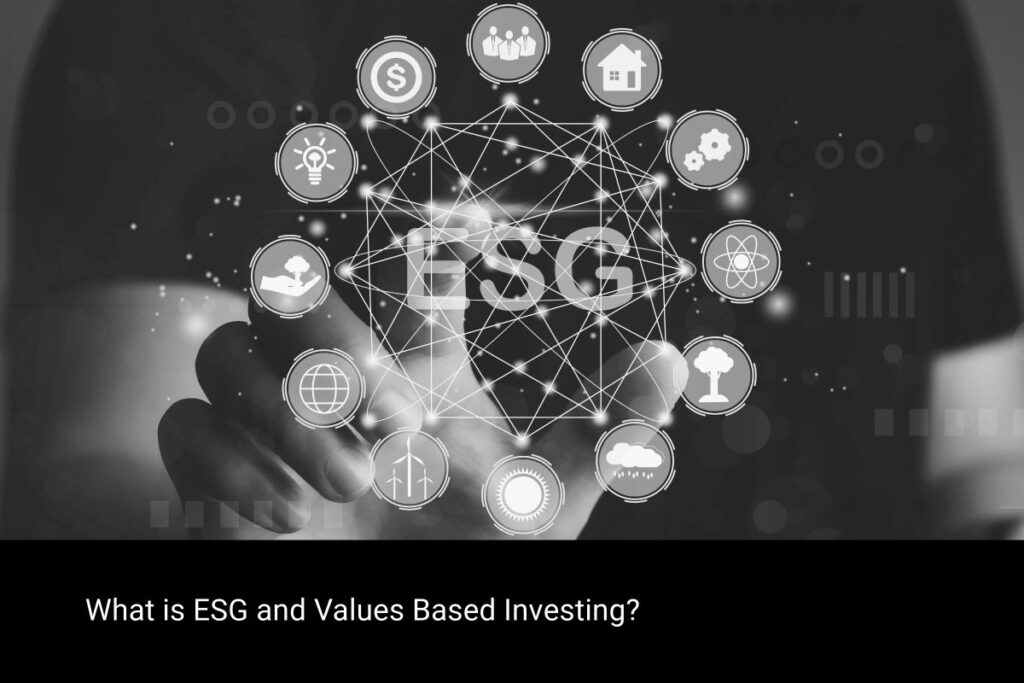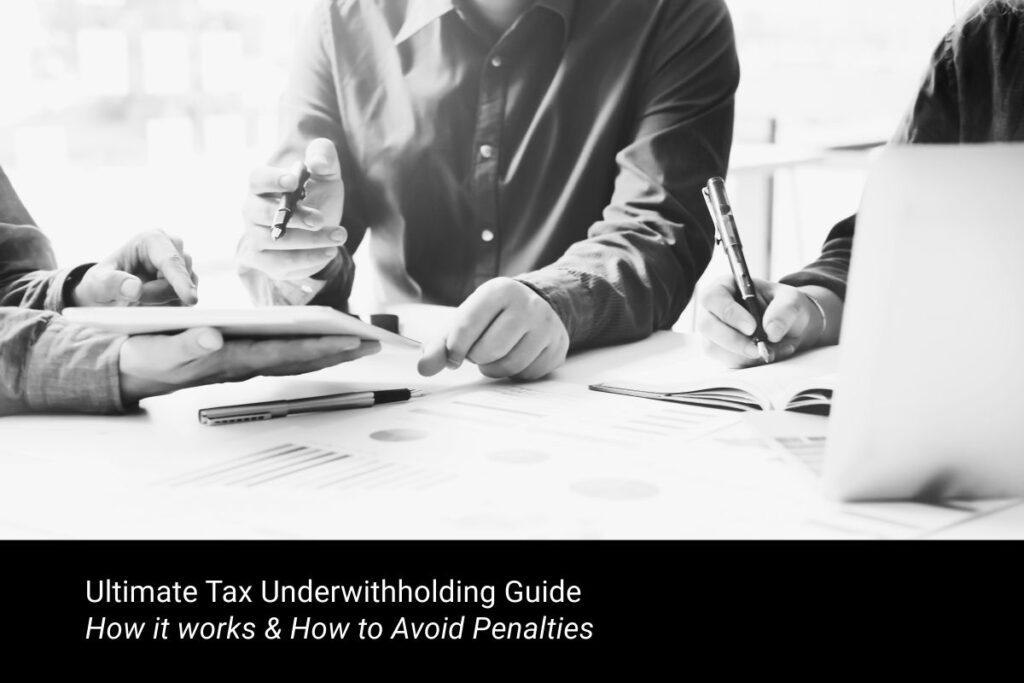Lump Sum Investing vs. Dollar Cost Averaging: Which One Should You Choose?
Have you ever found yourself with a substantial amount of money, whether it be from an IPO, inheritance, business sale, or a home sale, and wondered about the best approach to invest it? The decision between lump sum investing and dollar cost averaging can be a pivotal one. In this article, we’ll explore which one can be the most prudent choice.
The Technical Answer
From a purely mathematical standpoint, lump sum investing is the optimal choice for long-term investments. Numerous studies support this claim. For instance, missing the market’s ten best days during a bull market could potentially cut your portfolio’s returns in half. The problem is, you can’t predict when those ten best days will occur. That’s why “time in the market is better than timing the market.” If you have a lump sum of money AND a long investment horizon, the mathematical choice is clear: invest it all at once.
The Practical Answer
However, the practical reality is not always aligned with the mathematical ideal. For many people, investing a substantial lump sum all at once can be psychologically challenging. It’s like taking a massive leap into the unknown. This fear of uncertainty often leads to inaction. People sit on their cash, waiting for the perfect moment to invest, which may never come.
A practical solution that bridges this gap is dollar cost averaging. Think of it as dipping your toes into the investment pool while wearing floaties. It provides a more comfortable entry point, especially for those who find the idea of lump sum investing intimidating.
Combining dollar cost averaging with limit orders and even cash secured equity puts can be a highly effective strategy. Let’s look at a real-life example.
I once worked with a client who had just sold their business and had a significant windfall of $10 million after taxes. While they wanted to invest the money, the thought of investing it all at once was nerve-wracking. We constructed a portfolio and gradually implemented dollar cost averaging. We used limit orders during market downturns to buy more shares and employed cash secured equity puts to generate income while waiting for the right entry points. This approach allowed the client to ease into their investments, mitigating their fear of significant market fluctuations. This was especially important for them as a 20% swing on their once smaller portfolio, was easier to digest than a 20% swing on a $10 million dollar portfolio.
Keys to Get it Right
So, when faced with the decision between lump sum investing and dollar cost averaging, what should you consider?
- Clearly Defined Investment Goals: Start by establishing clear investment goals and a financial plan. Without these, it’s challenging to have confidence in your decision.
- Be Honest with Yourself: Recognize if you’re prone to overthinking and nervousness. If so, dollar cost averaging might be a suitable choice.
- Understand the Math: If you grasp the mathematics and data supporting lump sum investing for long-term goals, don’t hesitate to dive in.
In conclusion, there’s an optimal solution and a practical one. Doing nothing however is not a solution. If you need assistance in selecting the right strategy for your portfolio, feel free to reach out to us using the link below!
RELATED VIEWING












